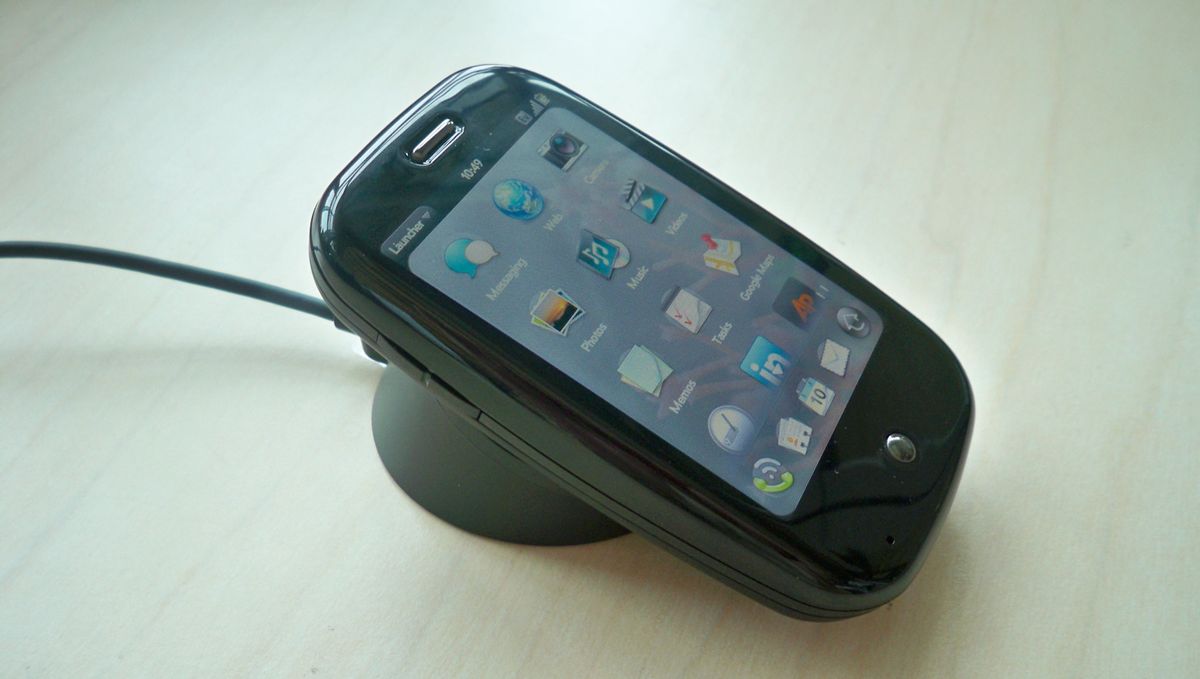It’s ironic that perhaps the best commentary on the technology industry is a line written 160 years ago by the Quaker poet John Greenleaf Whittier: “For of all sad words of tongue or pen, the saddest are these: ‘It might have been!’”
Despite the success of AT&T’s Unix operating system, Sony's PlayStation, the Apple Macintosh and a host of other products that brought real innovation to the masses, the relatively short history of digital computing is littered with superior software and hardware that for varying reasons died out in the marketplace or in some cases -- the Xerox Alto comes to mind -- never reached the mass market at all. Some of these products, like Amiga-compatibles, still live on in some fashion or another as diehards and nostalgic geeks work to keep the software and hardware they fell in love with in their younger years alive in the 21st century.
Occasionally, innovations of yore that are kept from oblivion by digital preservationists get a second lease on life. The explosive growth of retro gaming in recent years is a great example. Children of the 2000s and even later are coming to appreciate and experience classics like Super Mario Brothers, Pac-Man or Galaga.
More often than not, however, innovative software and hardware that perished in the marketplace live on only through imitation -- as successful competitors copy ideas from the products they defeated.
The Amiga computers produced by Commodore, for instance, sold well in Europe but never really caught on in America. This was partly because computing in this country was extremely business-focused in the 1980s and few people understood what could be done with a device capable of advanced sound, graphics and video. Nowadays, everyone takes such things for granted.
Almost no one today knows what RISC OS is, but its “anti-aliasing” technique of displaying fonts on a monitor is used in pretty much every other operating system. BlackBerry’s concept of instantaneous mobile email delivery is universal, even though the company no longer has any significant marketshare.
Steve Jobs’ NeXT computing company was a commercial failure, but its focus on taking the complex and powerful Unix operating system and making it usable for non-computer scientists was the fundamental advance that powers today's macOS and iPhones. The NeXT software environment enabled Tim Berners-Lee to create the World Wide Web in 1990 as well.
Jobs’ NeXT legacy is still impacting the world today. In the case of smartphones, as influential as the iPhone was, the truth is that we’re living in a WebOS world, even if most people don’t realize it.
Released in 2009 by Palm — the same company that popularized the PDA in the 1990s — WebOS pioneered a number of innovations, including multiple synchronized calendars, unified social media and contact management, curved displays, wireless charging, integrated text and Web messaging, and unintrusive notifications.
The operating system, built on top of a Linux kernel, was also legendary for how easily it could be upgraded by users with programming skills. WebOS was also special in that it used native internet technologies like JavaScript for local applications. That was a huge part of why it was able to do so much integration with Web services, something its competitors at the time simply couldn’t match.
Apple’s upcoming iOS 11 once again demonstrates how far ahead of its time WebOS really was. The yet-to-be-released Apple mobile system has essentially copied the WebOS model for switching apps by having the user swipe upward from the bottom to reveal several “cards” that represent background applications.
While Apple’s decision to remove its massively overworked Home button is an improvement, it is still an inferior way of switching apps, compared to what you could do on WebOS eight years ago.
https://youtu.be/9pAgJ9x-2IA?t=30
Despite WebOS' many innovations, some of which still remain unsurpassed today, the mobile operating system was hobbled by the fact that Palm had nowhere near the amount of money and connections to phone companies that Google and Apple did. Not having as much cash also meant that Palm's hardware lagged behind competitors whose bigger budgets enabled them to release hardware quicker.
"webOS was brilliant. Much better than the hardware," veteran technology journalist Walt Mossberg noted on Twitter Aug. 30.
But WebOS also died because of some bad decisions. Despite assembling a fantastic team of innovators, Palm CEO Jon Rubenstein didn't understand that getting the full internet on your phone meant that people wanted bigger devices, not smaller ones. They also were tired of having to peck away at tiny keyboards. Without the funds to offer multiple form factors (as Samsung did with its original Galaxy series), Rubenstein's bet on tiny Pre and Pixi phones didn't pay off. Eventually, seeking greater resources, Palm sold out to Hewlett-Packard. Within months of the sale's execution, the dream of mobile WebOS was ended, largely thanks to the unexpected ouster of HP's chief executive Mark Hurd. (The full details of what happened are in Chris Ziegler's definitive Palm retrospective for The Verge.)
WebOS is still sold today, albeit in a very different form. After HP decided to kill its WebOS mobile hardware, it sold the rights to the software to Korean hardware maker LG, which is still using it to power its smart televisions. Much of the software behind WebOS has also been made available by HP as open source, and there is a hardy band of developers who have taken this base and merged it with underlying Android technologies to create LuneOS.
Unless Google makes some horrible mistake with Android, however, or someone at LG invents the software equivalent of light-speed travel, it's unlikely that we'll ever see another WebOS phone or tablet. John Greenleaf Whittier nailed it.



Shares